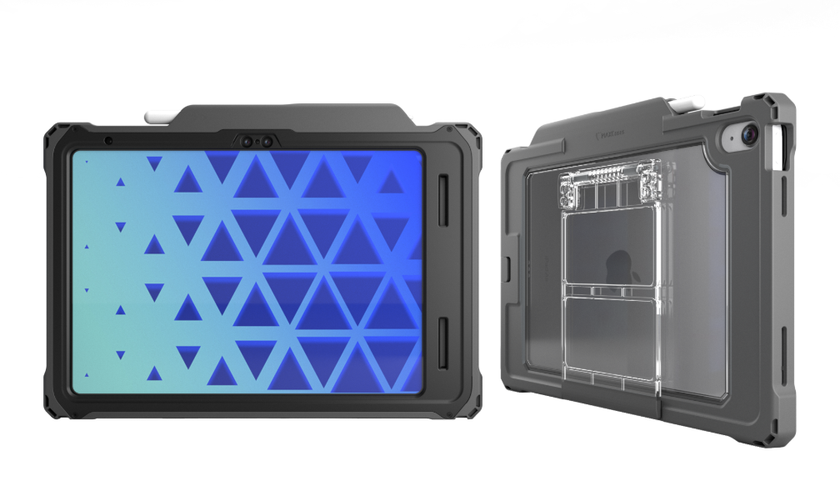WHAT THEY SAID
Tech&Learning interviews the movers and shakers of ISTE
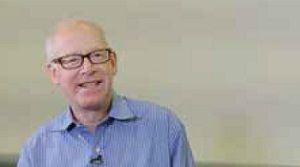
Alan November on the present state of professional development: “We’re all coming out of this culture where our education has been organized for us by and large. It’s how we’re credentialed. So there’s a fair amount of unlearning to do. It’s not about just learning new things. That would be easy! It’s about building your own ecology of learning. But we can teach teachers to do that.”
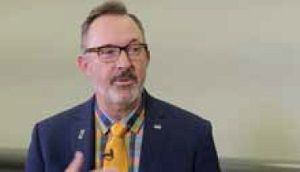
Brian Lewis, CEO of ISTE, on the new ISTE student standards: “We released the work last year in Philadelphia, we’re releasing the result here this week. It was a very robust process. We had 296 students that gave inputs this time, which was a new component of the refreshed standards. It’s very much focused on that student voice, which is one of the key factors. Also different going forward will be an enhanced permissions process. We want educators to be able to use this for free but we’re going to ask for a little more data, which we will be collecting and sharing back out.”
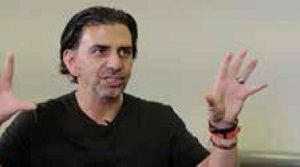
Google education evangelist Jaime Casap on Google’s role in education: “The day that Google launched. The first time someone did a search. That was when Google was in education. We couldn’t help but be involved. Information leads to knowledge. Knowledge leads to education…We’re going to continue to build tools that are exciting to use, that are easy to use, that are manageable and scalable.”
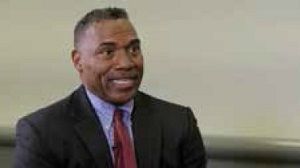
Daryll Adams on edtech leadership in school districts: “Administrators want to know how they can be a part of this; how do I make an impact? In the past, you could see a little bit of hesitation—maybe it’s too expensive, how is the community going to react? But now it’s standard. You have to be an educational technologist if you are going to be an education leader.”
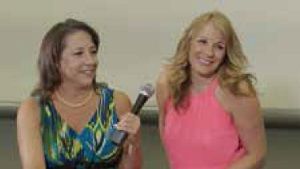
Angela Meirs (right) of student voice: “We have made strides but it is not enough. It is students as co-creators. Students as having impact. Students as change makers. And students not only of the world, but students as citizens the world needs.”
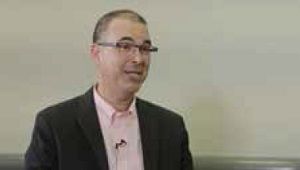
Frank Catalano on the evolution of ISTE: “It used to be a show about network connection to a district school or classroom, where basically you just had tech directors here at the senior level. Now you can have any teacher here, just as long as they are interested in tech.”
Tech & Learning Newsletter
Tools and ideas to transform education. Sign up below.
